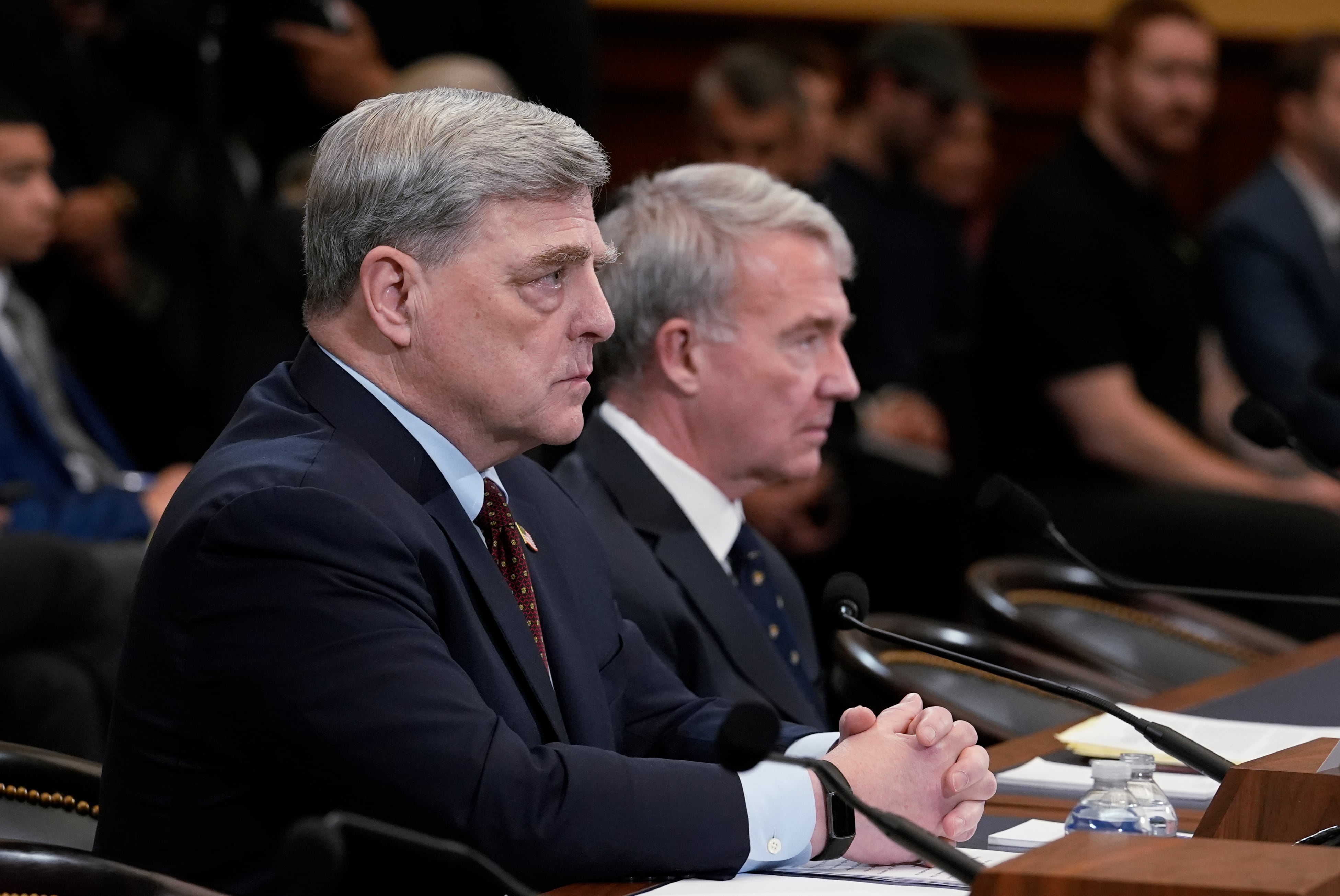Col. Thomas Falzarano, commander of the 21st Space Wing at Peterson Air Force Base, died at his home on base Tuesday.
Falzarano was found unresponsive and was pronounced dead at home, the wing said in a statement to Air Force Times. His death is now under investigation, but the 21st said it appears to be due to natural causes. He was 47 years old.
There is no indication Falzarano had contracted COVID-19, the wing said.
As commander of the 21st, Falzarano served as the installation commander for both Peterson and Cheyenne Mountain Air Force Station. He graduated from the Air Force Academy in 1994.
“We are deeply saddened by this tragic loss for our Air and Space Force family,” Gen. Jay Raymond, chief of space operations, said in the statement. “Tom was an incredible leader, mentor and friend who will be remembered for his warm personality and dedicated service to our nation. Our heartfelt condolences and prayers go out to his family, friends and all members of the 21st Space Wing.”
Falzarano assumed command of the 21st, which is the Air Force’s fifth-largest wing, in July 2019. His vice commander, Col. Sam Johnson, has assumed command of the wing.
“Col. Falzarano was a fearless leader who was motivated by taking care of his family and airmen,” Johnson said. “He will be sorely missed. Our thoughts and prayers are with his family, and we are providing every comfort and assistance that we can to them.”

A release posted online by the wing last September detailed a day Falzarano spent with the security forces airmen at Peterson and Cheyenne Mountain, learning how they safeguard the bases and the men and women who work there. During his Aug. 16, 2019 visit, Falzarano drove all-terrain vehicles on the perimeter of the base to better understand how defenders provide security, met with them at the gates, and listened to their concerns and thoughts on how to improve the stigma associated with security forces.
“Listening to everyone’s stories is always a highlight,” Falzarano said. “You don’t know people until you really get to talk to them.”
Falzarano even allowed himself to be shocked by a stun gun, and allowed a military working dog to bite him to see how K9 units catch intruders.
The 4,300 space personnel who make up the 21st provide missile warning and defense, space situational awareness, and space control for combat forces and the national command authorities of the United States and Canada.
Stephen Losey is the air warfare reporter for Defense News. He previously covered leadership and personnel issues at Air Force Times, and the Pentagon, special operations and air warfare at Military.com. He has traveled to the Middle East to cover U.S. Air Force operations.





